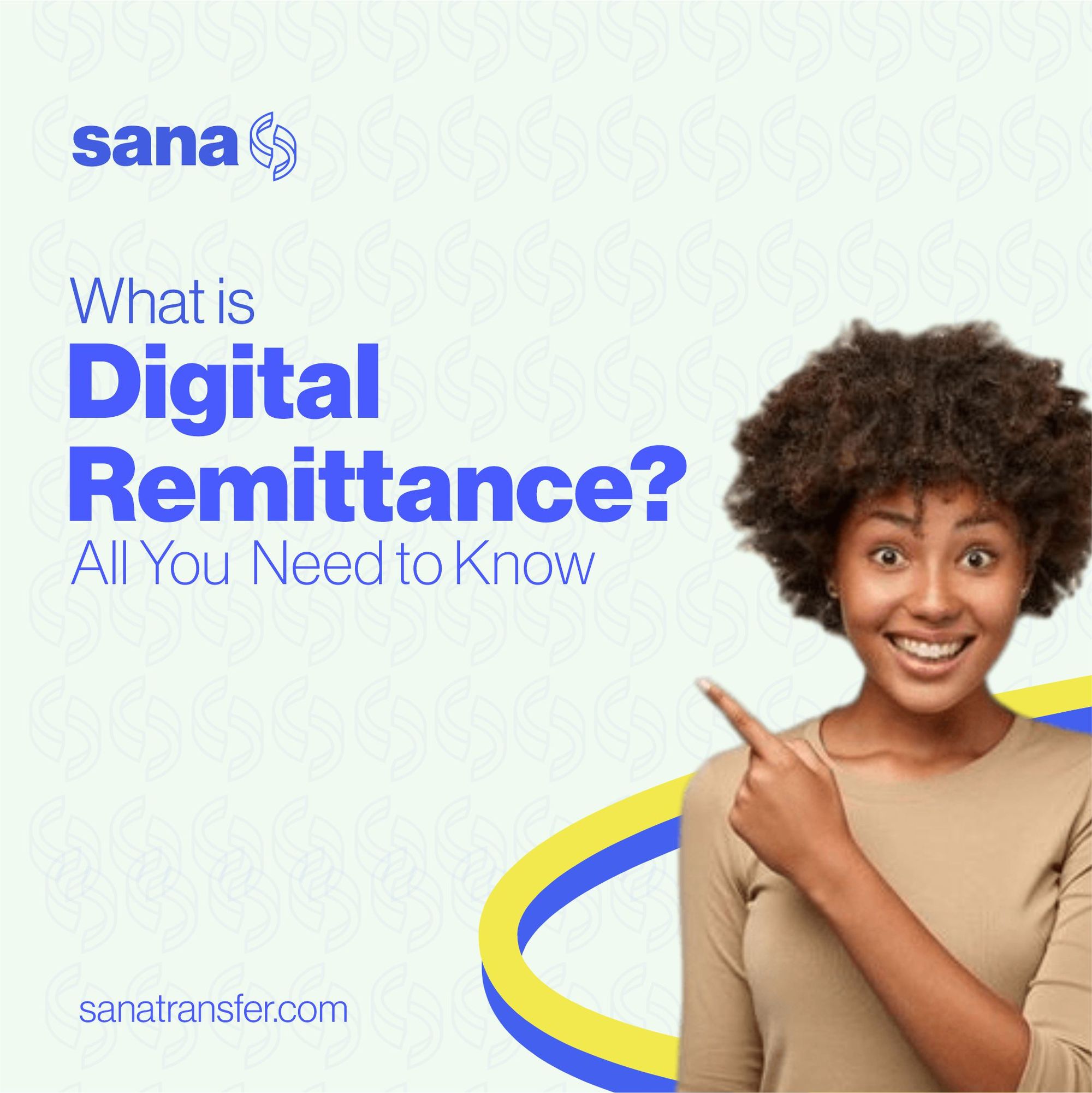What is Digital Remittance?
Digital remittance has experienced wide adoption due to its cheap cost and convenience. As an individual looking to send money internationally, here's everything you need to know.

With migrant workers sending billions of dollars to their home countries per year, digital remittance has become a very popular means of sending money. Essentially, this method of transaction has become widely popular due to its cheap cost and convenience. Also, it is much easier to use than the traditional bank transfer method. What is digital remittance is a question that has been on the rise due to how it has taken the global remittance industry by storm. Digital remittance is quickly becoming the first choice preference of many immigrants looking to send money home for good reasons.
This article sheds light on digital remittance, highlighting its advantages and other important things you should know about it.
What is Digital Remittance?
Digital Remittances are simply cross-border money transfers that migrants make over the internet. Generally, remittances are funds which are transferred by migrant workers from their host country to their country of origin. Usually, these migrants consist of resident and non-resident workers of a country. They mostly migrate to seek greener pastures.
Essentially, the difference between remittance and digital remittance is that the latter involves you sending cross-border funds electronically. So with digital remittance, you don’t have to take cash to any bank to make transfers. You only need your bank account or a digital wallet to execute these transactions and it does not require that you prepare remittance advice.
Traditional Remittance vs Digital Remittance
Traditionally, sending funds to your home country involves standing in a long queue at the bank or exchange agent. The recipient also has to stop by at an in-person exchange to collect the cash you sent at the other end. However, collecting the cash doesn't come cheaply, as the recipient may have to pay high fees for it.
Usually, cash-based remittances (traditional) can be expensive and involve too much paperwork, interaction with third parties, and slow transfer speed. Therefore, the process is very stressful to execute, both for the sender and the recipient. However, this is the opposite of digital remittance, as everything is done electronically.
Although digital remittances were already becoming increasingly popular before the pandemic, the lockdown, closed borders, and isolation requirements accelerated its growth. This is because many people were compelled to start executing their remittances electronically. Most businesses today have even digitised their payroll remittance processes.
During the pandemic, traditional wire transfer organizations, such as Western Union and MoneyGram encountered a rapid increase in the usage of electronic transactions. This period commenced the spread of digital remittance usage.
The advantages of using digital remittance over the traditional remittance method are limitless. Digital remittance is an easier, faster, cost-effective, safer, and more convenient way to send cash to your home country. This is unlike traditional remittances where transfer speeds may take about five business days. Also, many exchange agencies are just open for limited working hours and this can be frustrating, especially if you need to execute the transaction urgently.
Recommended - What is a Remittance Address?
What are the advantages of digital remittance?
There is a reason why many people prefer digital remittance to traditional remittance. Some of the advantages of digital remittance are:
1. Faster transfers
Most digital remittance services allow you to complete transactions on the same day or even instant transfers. This is unlike traditional remittance which can take up to 5 days before the transaction is complete.
2. Transfer status tracking
When you send cash electronically, you will receive regular updates about the money you sent. So you know precisely when the recipient receives your money.
3. Lower fees
With electronic payments, customers greatly benefit from better exchange rates and even lower transaction fees, unlike cash-based transactions.
4. No need to travel
One of the major benefits of digital remittance is convenience. You don't need to stand in a queue or take a trip to any bank to send and receive cash.
Performing Digital Remittance with SanaTransfer
At Sana, we understand the difficulty and high-cost immigrants face to send money back home to loved ones and relatives and the role a reliable digital remittance platform plays in solving it. Our digital remittance service was built to stand out, offering easy, fast and secure payment services with better rates and faster payouts for international remittance.
Bottom Line
The simple answer to the question - what is digital remittance - is that it is an electronically sent cross-border money transfer that migrants make. So if an immigrant sends money back to his home country via the internet, it is termed “digital remittance”. The purpose of this payment method is to facilitate easier and more convenient transactions since cash-based transactions can be very stressful.
Join 500+ users across Canada in sending money back to family and loved ones using the SanaTransfer app. Sign up now to get started.
